Commodity Market
Commodities are often overlooked as a component of an investment portfolio, with many financial advisors recommending only allocations of stocks and bonds (or funds holding those two asset classes). But some experts argue that investors need further diversification in their portfolios to help reduce risk and smoothen out returns.
And that’s where commodities investing comes in. Commodities, such as precious metals, oil, agricultural products and more, move based on their own highly specific industry conditions. That can make them attractive trades when you’re looking to diversify your portfolio.
Here’s what to consider if you’re wondering how to start investing in commodities, including several ways to invest in the space and a few things to watch out for along the way.
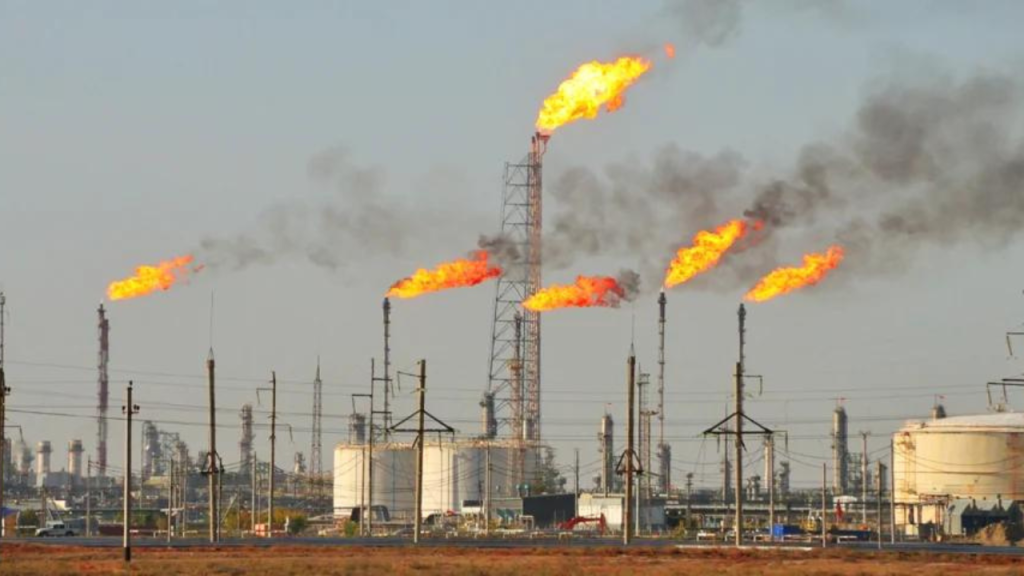
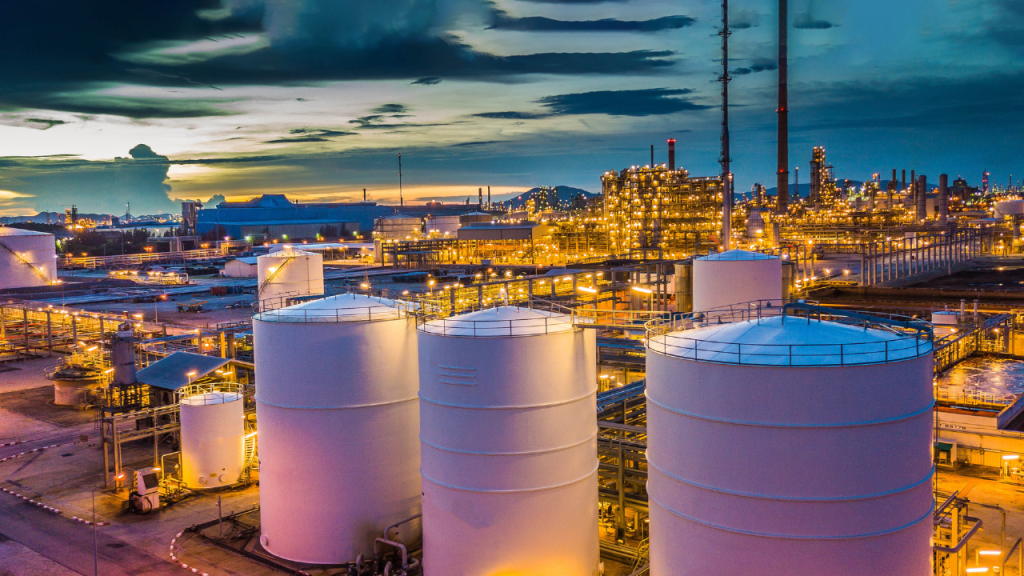
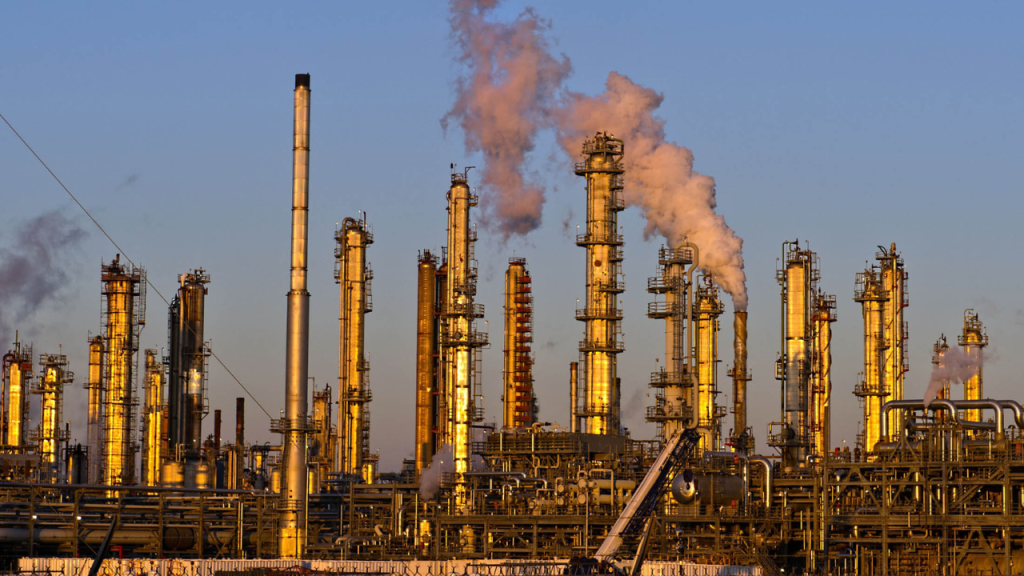



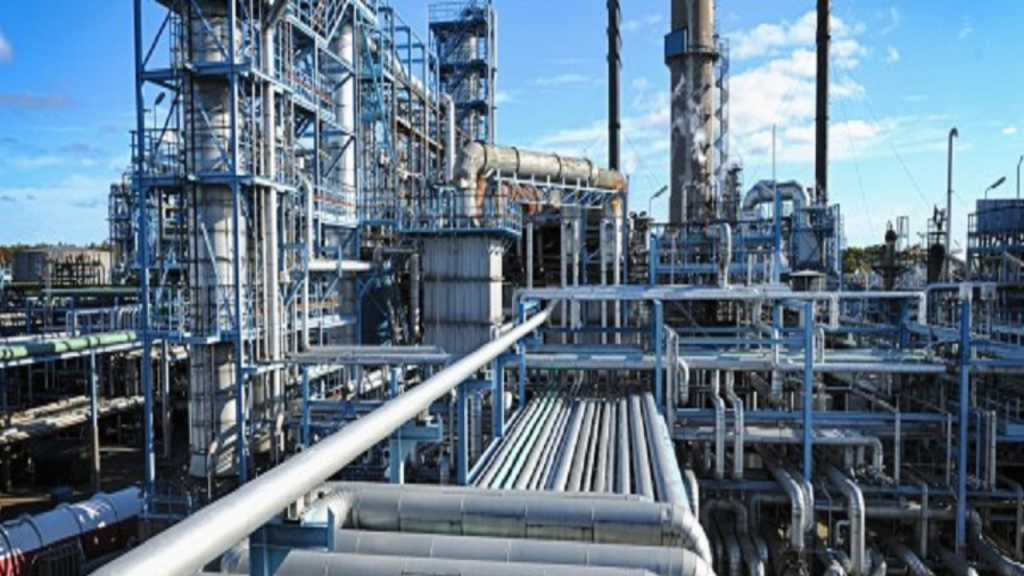
What Is Commodity Investing?
There are several ways to invest in commodities, which are raw materials that are either used directly, such as food, or indirectly to produce another product. Oil is a commodity that’s used in the production of many different goods and services. Airlines spend an enormous amount of money on fuel for their planes and the price of oil can have a big impact on an airline’s profitability.
You can invest in commodities in several different ways including by purchasing physical goods, such as gold, or by purchasing ETFs that track specific commodity indexes. You can also buy stocks of commodity-related businesses such as oil and gas producers or miners of precious metals. Commodities can be quite volatile, so be sure to understand the risks you’re taking before making an investment.
You can also profit off commodities by using futures contracts, which is an agreement to buy or sell a commodity at a specific price and date. You can make a lot of money through futures contracts if you’re right about the underlying commodity price, but you can lose a lot too. Be sure to understand the risks involved so you can avoid, or at least be aware of, the potential for a margin call and other events that can impact the success of your trade.
Supply & Demand Rule
Commodity industries are all about supply and demand. In any individual commodity industry, the product is largely the same. Wheat is wheat, cattle are cattle. Because of this, producers are all price-takers and in normal times are not able to dictate prices. Many commodity industries are prime examples of what’s called perfectly competitive industries, with many buyers demanding an undifferentiated product and suppliers unable to offer differentiated products.
So what causes prices to fluctuate are imbalances in supply and demand, which may occur for many reasons. Prices may spike if demand rises or supply becomes constrained. One of the most notable cases was lumber prices, which soared in 2021 as supply had not fully come back online from being shut down as part of the broader COVID slowdown in the economy.
But if demand declines or supply comes back, prices may fall to prior levels or even move lower. That decline, too, is happening with lumber, as supply comes back and the situation normalizes.
Investing in commodities requires understanding the supply-demand situation, where it’s going and how fast it’s going to get there. Prices can rise and fall quickly, and often do not persist. As the old saying goes, “High prices are the cure for high prices.” That is, if suppliers can reap high prices by increasing production, they’ll do so, and eventually prices will drop to typical levels.
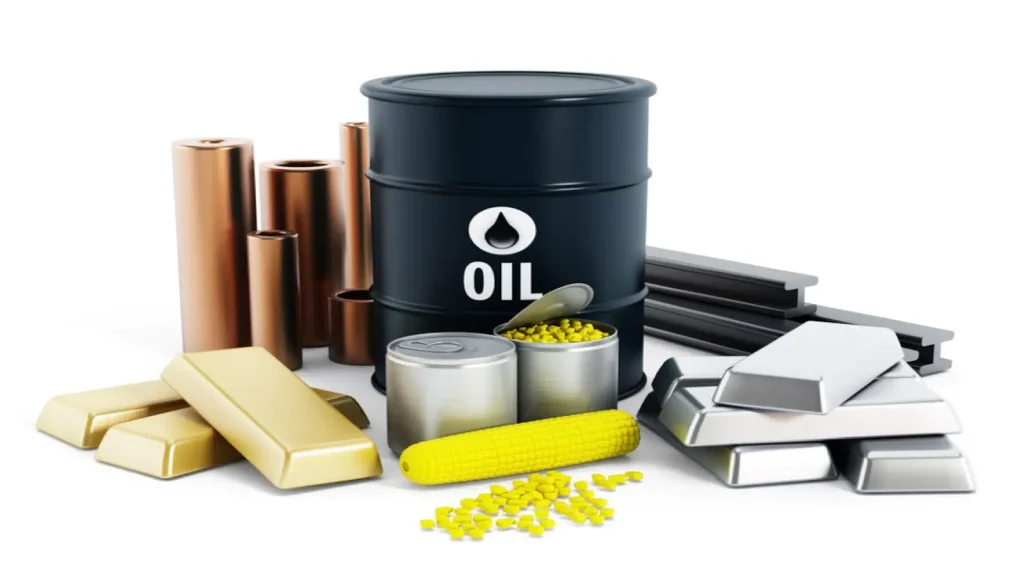
Why Are Commodities Popular Investments?
If commodities don’t produce cash flow and price spikes are often short-lived, what exactly do investors and traders find interesting about them? Here are some of the biggest reasons why they’re so popular:
- Inflation protection. Commodities can offer inflation protection to your portfolio, as the prices of such “hard assets” may rise over time as inflation does.
- Low correlation to other assets. Prices of commodities often move around for much different reasons than the broader economy and depend on factors specific to each commodity. Therefore, their performance is less correlated with stocks and bonds. Because commodities are less correlated with other asset classes, they can be used as a way to diversify a portfolio, reducing risk and smoothing returns.
- Hedge against other investments. Owning a commodity can reduce risks in your other investments. For example, if you own a company such as an airline that may be heavily exposed to the price of oil and would decline if oil rose, you can own oil directly and help offset that portfolio risk.
5 Ways To Invest In Commodities
Investors and traders that are looking to plunk down money on commodities can choose to buy the products themselves, futures contracts, shares in the companies producing them and even ETFs.
1. Futures
Buying commodities through the futures market may be the best-known method to invest in them, even if it isn’t the easiest way to do it. Futures are a high-risk, high-reward way to speculate on a given commodity, and that’s what draws some hardcore traders to the space.
Futures allow you to put up relatively little money to open a contract, and you can use the power of leverage to quickly win (or lose) a fortune. As long as the trade goes your way, you won’t even have to put up more on the contract, making it a cost-efficient way to speculate.
Risks: Things are fine as long as the trade moves your way, but if the trade moves against you (below your maintenance margin), you’ll have to keep adding money to hold it open. So you can make a lot of money quickly – that’s the draw for traders – though you can lose it as quickly.
2. Physical Commodities
It’s also possible to own the physical commodities directly, though some – hogs, cattle and oil come to mind – you probably won’t want to own directly. Instead, commodities such as precious metals are popular for those who want to actually own the metals and have a hedge against inflation.
You can purchase bullion in a number of ways, including through online dealers or pawn shops, or you can buy gold and silver coins for their bullion value. You’ll want to be careful that you’re getting close to the spot price on purchases and avoid paying up for collector’s value on coins.
Risks: The biggest risk of owning precious metals directly is that they could be stolen, so you’ll want to make sure anything substantial is fully protected. Your investment can also be dinged if you need to sell in a hurry, especially to a dealer. It can be hard to get the full market value of your bullion or coins, so you may have to settle for what you can get right at the moment.
3. ETFs of physical commodities
If you want direct exposure to physical commodities without the hassle of actually owning the goods or trading on the futures market, you have the option of investing in them through ETFs.
ETFs provide a convenient way to take a position in a commodity or a group of them.
For example, you could buy an ETF that owns gold, oil or even a combination of commodities. So you may be able to get “pure play” exposure to a commodity along with the simplicity of an ETF.
The big benefit here is that you get direct exposure to the commodity and market-based pricing, so you’re likely to get the best price for your holdings when it comes time to sell them.
Risks: ETFs give you exposure to the commodities prices, which can be very volatile, even more so than stock prices. And since the commodity itself doesn’t generate cash flow, your optimal return is the return on the commodity minus the price of the fund itself. And these ETFs allow you to dodge the biggest risk of owning physical commodities, the danger of theft, as well as potentially the cost of storing them, depending on the commodity.
4. Stock of Commodities producers
If you don’t want to own physical commodities (perhaps because they don’t inherently produce cash flow), you can opt for producers of commodities and still be in a position to win when commodities prices rise.
Stockholders can benefit in two ways with producers. First, if the price of the commodity rises, the underlying company usually sees its profit rise. Second, the company can increase production over time to increase profit. So you have two ways to make commodities work for you.
Risks: Commodity producers are often risky investments. Commodities industries are subject to boom and bust cycles, and companies require a lot of capital. Buying individual stocks requires a lot of work and analysis, and investing in a few stocks is riskier than buying a diversified group of stocks. So if you go this route, you’ll want to carefully understand the company and industry.
5. ETFs of Commodities Producers
One way to gain diversified exposure to commodities producers is to buy an ETF that owns a portfolio of them. You’ll gain the benefits of diversification and may be able to gain focused exposure to producers of a specific commodity. For example, you could buy a gold miner ETF, and enjoy the benefits of cash-flowing producers and bet on the rising price of gold, too.
Risks: If your ETF is focused on a specific commodity, such as oil producers, you’re diversified, but narrowly. That is, you’re not overexposed to any single company, but if the price of oil falls, this kind of diversification won’t protect you as much as broad diversification would. But that’s the flip side of trying to gain “pure play” exposure to producers of a specific commodity.
Invest In Commodities
If you are interested investing in the Commodities, Titan Investments is the best place where you can invest money for Commodities Wealth Development.
- Login
- Sign Up
